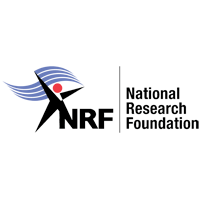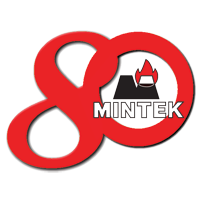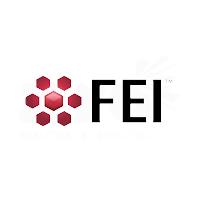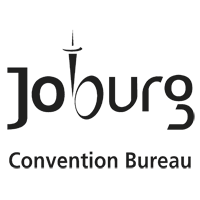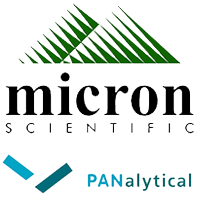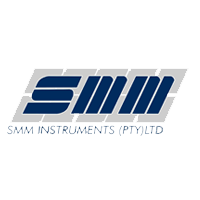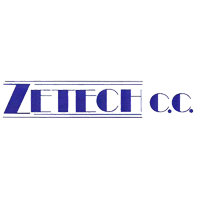Articles
Theme: Methods and Applications
Advanced synchrotron techniques for mineralogical research
Convenors: Dr. Simon Clark
Description:
The high brightness and wide wavelength range of electromagnetic radiation produced by synchrotron sources provides a tunable energy, micron scale probe of Earth materials which can be used for the rapid characterization of minerals under the conditions that exist from the surface to the very center of the Earth. In this session we will bring together the leaders in the development of synchrotron techniques with the leaders in exploiting these techniques for Earth Science research. Major themes will include the advanced characterization of mineral surfaces, high-pressure mineralogy and time resolved crystallography.
Calorimetry in the Geosciences: Theory, Experiment and Applications
Convenors: Dr. Klaus-Dieter Grevel; Dr. Artur Benisek
Description:
An understanding of the nature of thermodynamic properties is a prerequisite for calculating and analyzing mineralogical phase equilibria. Calorimetric measurements of a variety of types provide a fundamental source of thermodynamic data found in different compilations or contained in internally consistent thermodynamic databases. In this session we will focus on the development of various calorimetric methods during the last decade. Contributions about all areas of calorimetry applied in Earth and materials sciences are welcome, including studies on recent technical improvements.
Keynote Presenter 1: Dr. Hongwu Xu
Keynote Presentation: High-T solution calorimetry with applications to geosciences and materials science.
Keynote Presenter 2: Prof. Edgar Dachs
Keynote Presentation: Low-temperature heat capacity measurements using the Quantum Design PPMS
Computed Tomography - Pushing Frontiers in Imaging of the Third and Fourth Dimensions
 Convenors: Dr. Deshenthree Chetty (Commission: IMA-CAM); Dr. Cecil Churms; Prof. David Reid
Convenors: Dr. Deshenthree Chetty (Commission: IMA-CAM); Dr. Cecil Churms; Prof. David Reid
Description:
3D computed tomography, originally developed for imaging in the medical industry, has gained recent prominence in the geological sciences, helped by improved accessibility to laboratory scanners and computational power. The technique enjoys a wide range of applications in the earth sciences, from fossil to porosity/fluid flow to ore and process mineralogical studies, amongst others. Key to the success of imaging is the ability to differentiate 3-dimensional components in a sample, reliant in large part on attenuation contrast and spatial resolution. In situ experimental studies and consequent imaging add further value to the information provided, through the fourth dimension of time. This session seeks to bring together contributions dealing with the methodology of computed tomography, whether using X-ray or other radiation sources, as well as the various applications in which the method is used. Contributions covering, but not limited to: novel approaches, standardisation, experimental studies, applications, image analysis and quantitative data extraction, as related to rock and mineral CT imaging, are invited for this session.
Mineral Microanalysis
Convenors: Dr. Michael Wiedenbeck, Dr. Roger Dixon
Description:
This session would target talks and posters devoted to the major and trace element as well as isotopic analysis of minerals. The focus would not be on results produced using e.g. EPMA, LA-ICPMS or SIMS but rather on developments in the performance of such methods or in the development of new metrological tools (e.g., reference materials or new analytical strategies)
Modern Luminescence Methods and their Application to Mineralogy
Convenors: Dr. Arnold Gucsik
Description:
Luminescence has been used widely in material and industrial applications for many decades. However, this method and its implication for Mineralogy has not been debated in great details,up to date. The aim of the proposed session is to provide an opportunity for scientists working in the Cathodo-, Thermo-,and Photoluminescence applied to the Mineralogy to exchange their results, idea and new interpretations. Moreover, there are some possibilites to open new fields such as luminescence-based astromineralogy including studies of meteorite, impactites as well as fine-grained astromaterials delivered from the sample-return planetary missions and their luminescence properties.
Keynote Presentation: Cathodoluminescence-based Laboratory Astromineralogy
Remote Mapping of Minerals
Convenors: Prof. Eric Pirard - Commission on Applied Mineralogy; Mr. VDM Van der Meer; Mr. Erick Ramanaidou; Mr. Paul Linton
Description:
This session will be devoted to any technique that can be used to identify and map mineral species from spaceborne or airborne instruments (hyperspectral remote sensing) as well as industrial control systems (IR, UV, LIBS, Raman, etc.). Although there is no clear minimum distance, remote mapping has to be understood as in the range between a few decimeters and several hundreds of kilometers.
Core-scanners and hyperspectral mineral sorting techniques are covered by this session, as they are becoming essential technologies for geometallurgists.
Keynote Presentation: Hyperspectral core-scanning
General Session - Methods and Applications
Convenors: Dr. Sabine Verryn
Description:
This is a general session under the Methods and applications theme for submission of abstracts that do not conform with other sessions under this theme.




